Water Conservation Tips for the Home
Posted by Joel Pelina on Jun 9th 2022
As global population continues to rise, and with the need for freshwater supplies rising accordingly, water conservation has become an increasingly important issue around the world. While global water resource issues are perhaps beyond the average family’s scope for consideration, there are still many things anyone can do to help conserve water for their personal household.
In the Kitchen
- Use a dishwasher instead of handwashing dishes. It is a common misconception that handwashing uses less water than the dishwasher; in truth, each dishwasher cycle uses the same amount of water as just two minutes of handwashing. Even when running the dishwasher with less-than-full loads, using a dishwasher to wash your dishes can save up to 5,000 gallons of water each year!
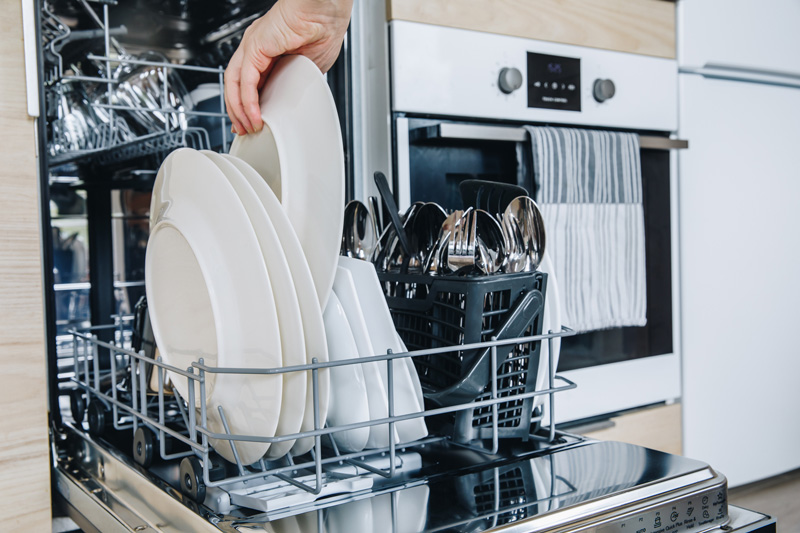
- Defrost foods in the refrigerator. Sure, running a frozen chicken or turkey under water may defrost it more quickly than letting it defrost in the fridge, but using the kitchen sink to thaw out foods quickly uses up gallons of water.
- Keep a reusable bottle or pitcher filled with drinking water in the refrigerator. This way, you have cold drinking water available whenever you need it, avoiding the need to run the tap until the water gets cold.
In the Bathroom
- Use a low-flow, high-efficiency, or dual-flush toilet. A low-flow or high-efficiency toilet can save 3,500 gallons of water a year per person, because they use less water per flush than a standard toilet. A dual-flush toilet gives the option to use a small-water flush or a large-water flush, depending on the need, and can save up to 5,000 gallons of water a year per person!
- Install an adjustable flush valve in your toilet to manually adjust how much water is used to fill the tank and flush. Alternately, use a brick or float booster to take up room in your toilet flush tank, reducing the amount of water it takes to fill the tank.
- Take a shower instead of a bath. A typical bathtub uses 45-75 gallons of water to fill to three-quarters. A standard showerhead outputs 2.5 gallons per minute (GPM) of water, so a 15-minute shower would use 37.5 gallons of water. If you conserved water by using a low-flow showerhead (1.5 GPM) and cut your shower time to 10 minutes, you would only use 15 gallons of water – that’s 1/3 to 1/5 the water used in a bath!
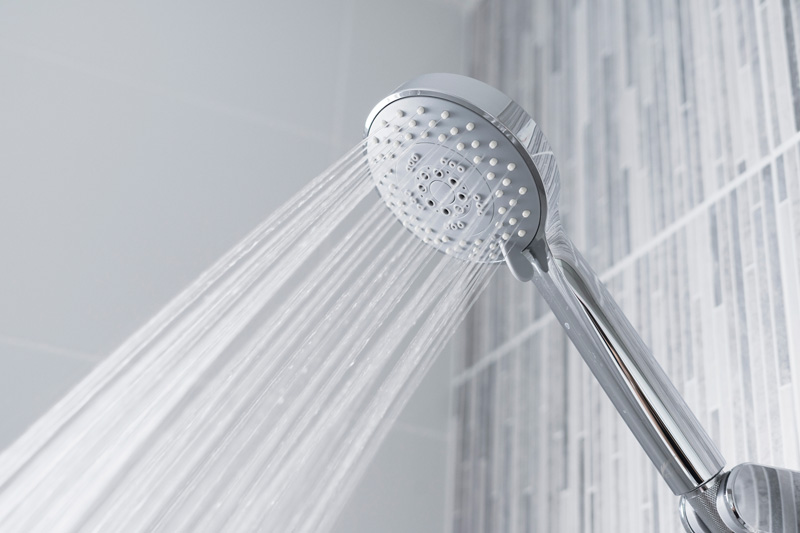
- Switch to a low-flow showerhead. A low-flow showerhead can save up to 2,900 gallons of water per year, and modern designs allow for high-pressure showers even while reducing the water usage.
- Turn off the tap when you brush your teeth. You can waste gallons of water if you leave the tap on the entire time you are brushing.
In the Laundry Room
- Consider using a high-efficiency or front-loading washing machine, both of which use less water per wash than standard washing machines and top-load washing machines.
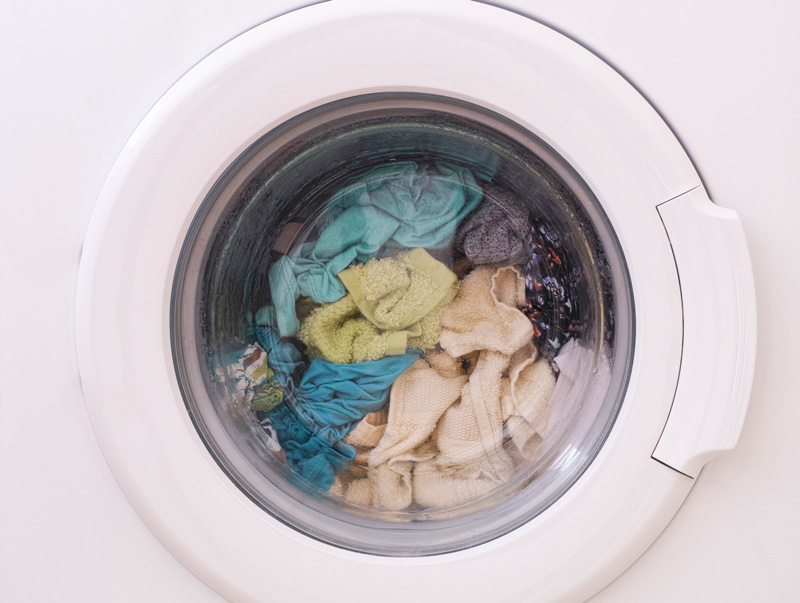
- Use the right load settings in your washing machine; a lot of water is wasted by setting the washing machine to a load size larger than the actual amount of laundry in the machine.
Throughout the House
- Check your plumbing fixtures for leaks or needed repairs, both inside and outside the house. Water waste can quickly add up from leaky pipes, leaky faucets, and torn sprinkler lines.
- Install aerators at each faucet in the house; aerators reduce the amount of water coming out of the faucet while maintaining the “fullness” of the water flow.
Around the Yard
- Program your sprinklers to activate in the early morning or late in the evening. Sprinklers that activate in the middle of the day are less effective due to quicker evaporation from the hot sun, therefore wasting more water.
- Consider drought-resistant plants for your landscaping; these plants can survive on less water, reducing the amount of time you need to keep your sprinklers on.
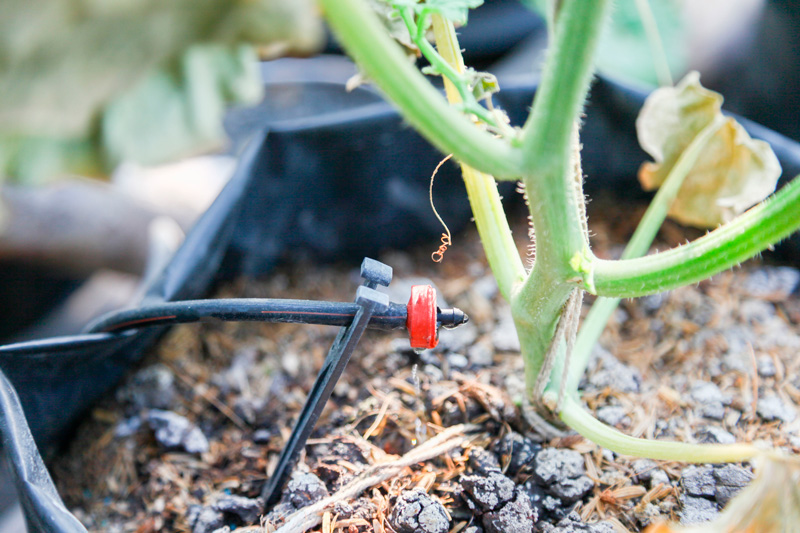
- If possible, replace conventional sprinkler heads with drip irrigation, which can reduce sprinkler water usage by 30% to 70%.
- Keep a rain barrel to catch water any time it rains. You can use this water for your plants, to wash the outside of your house, to wash your patio or deck, or to wash your car.
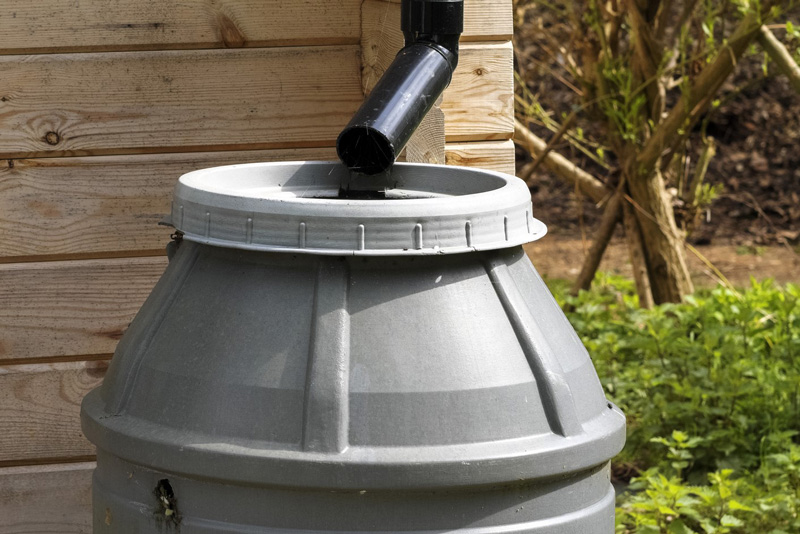
- Use a broom instead of a water hose to sweep dirt and debris off your walkways, driveway, patio, or sidewalk.
- If you have a swimming pool, use a pool cover when not in use to minimize water lost to evaporation.
Although it may not be possible to implement all these water-saving recommendations, each of these actions on their own can conserve your household’s water usage. When it comes to water conservation, every little bit helps.
References
- “45+ Ways to Conserve Water in the Home and Yard.” Eartheasy. Last accessed May 27, 2022. https://learn.eartheasy.com/guides/45-ways-to-conserve-water-in-the-home-and-yard/
- “How to Conserve Water.” The Wildlife Trusts. Last accessed May 27, 2022. https://www.wildlifetrusts.org/actions/how-conserve-water
- “What Is Water Conservation?” Constellation. Last accessed June 6, 2022. https://www.constellation.com/energy-101/water-conservation-tips0.html

